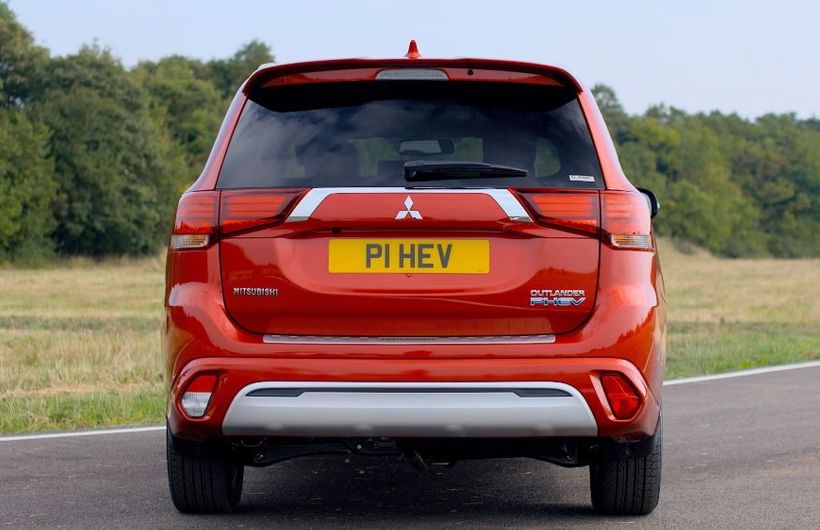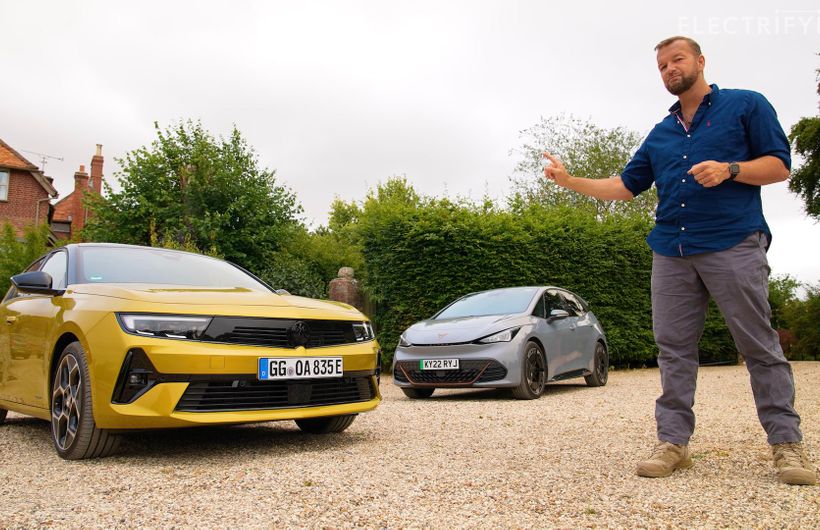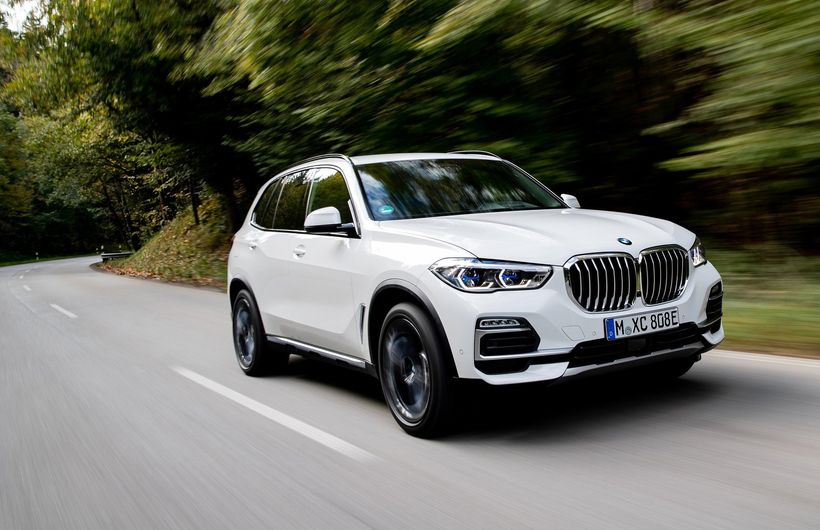Here at Electrifying we are more interested in the idea of pure electric vehicles than anything else, but we also like to think that we’re a broad church. Which means that as technology improves and things change, we take that into account.
Take, for instance, plug-in hybrids. Now in its basic form, a plug-in hybrid - or PHEV - is exactly what it says on the tin; a hybrid vehicle that can also be plugged in, and therefore able to utilise a little bit of cheaper electricity from the mains. But it’s also just a plain hybrid, so there’s an internal combustion engine (usually petrol or diesel) for when the electricity runs out.
Which it will, because when you’re trying to fit an engine, battery and electric drivetrain all into one car, space gets a little bit tight. That means the traction batteries (the ones that power the car) in PHEVs tend to be quite small - so you don’t get much electric range to play with.
This is where PHEVs have run into some controversy. Because of the way that the official tests are run, they can generate really extreme official mpg and efficiency figures - ones that are in no way achievable in the real world.
 The Mitsubishi Outlander was a best seller, thanks to tax breaks
The Mitsubishi Outlander was a best seller, thanks to tax breaks 













